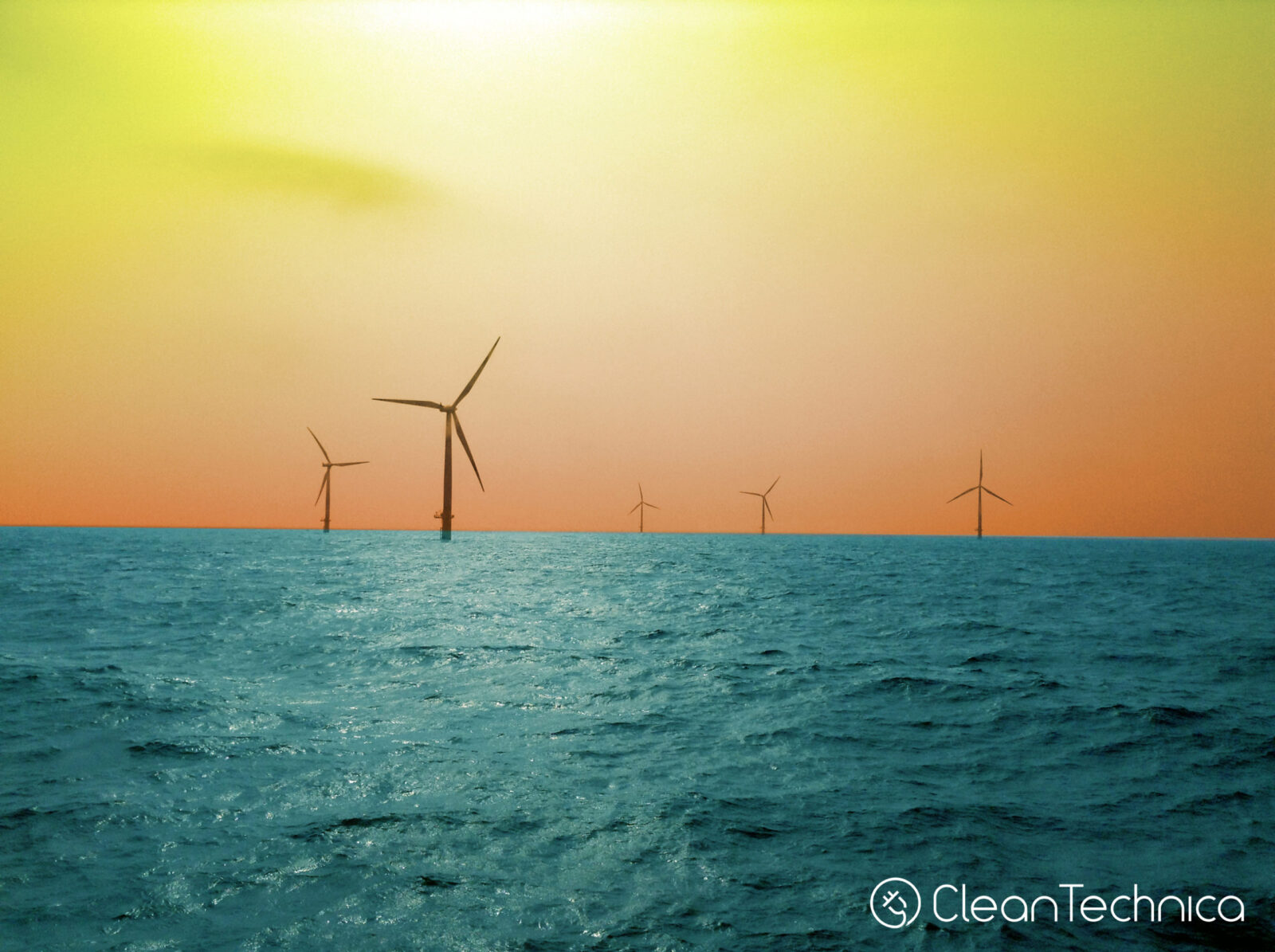Sign up for daily news updates from CleanTechnica on email. Or follow us on Google News!
Last Updated on: 26th March 2025, 12:38 pm
In the US, with all the political furor over dismantling the federal government and Donald Trump trying to bring back fossil fuels, one might temporarily forget the rest of the world is steadily going forward with renewable energy. One example is the United Kingdom, a world leader in offshore wind power with a goal to reach net zero by 2050. The following background fact from a 2024 analysis provides some context: “Offshore wind farms hit a record-high generation of 49.7 TWh, reflecting a continued commitment to expanding wind energy capacity.” UK offshore wind also employs about 32,000 people and that figure is expected to grow.
Twenty-five years from now is not that long. It would be a tremendous achievement to reach net-zero by then. Developing more offshore wind is part of the path forward, although it may not be easy.
Arindam Das, Partner, Arthur D. Little, and Benedikt Unger, Principal, Arthur D. Little, answered some questions for CleanTechnica.
Why is the UK’s 2030 offshore wind target of ~50 GW becoming hard to achieve?
In order to reach the 50 GW target, an acceleration in offshore wind deployment is needed in the UK. However, because of the complexity of these projects, both technically and with financing, development timelines in the sector are extensive. While AR6 was a modest success, the failure of AR5 to attract offshore wind bids has slowed progress. This means the pace to meet the target is hard to achieve. Projects currently in the pipeline need to be able to accelerate their development timeline while more projects need to enter that pipeline. Planning and regulatory delays, grid integration bottlenecks, supply chain constraints, and financial pressure on developers have led to a very challenging situation.
How many additional GW are needed to reach 50 GW?
Today, we are at 14.8 GW of operational capacity in the UK. Ahead of the upcoming allocation rounds, an additional 16.1 GW are committed — namely, those under construction and wind farms holding a CfD agreement from previous auctions, 5.3 GW from AR6. Consequently, a further 19.1 GW of capacity is needed to reach the 50 GW target.
At a policy level, what can be done to help reach 50 GW?
Key improvements could be made in:
- Streamlining the seabed leasing process toward a more centralized system, with (1) a single authority handling all approvals, as is the case in Denmark, and (2) preapproved zones with more comprehensive assessments that aid the development process of private companies.
- Further improving the grid connection process and accelerating the adoption of shared offshore grid infrastructure, such as hybrid offshore assets, as is being done in Germany and the Netherlands.
- Develop the local supply chain by incentivising and fostering the build-up of local offshore wind clusters, public-private partnerships for vessel construction, and increased R&D for more offshore wind innovation, as the Danish government has done over the last decade.
What is expected from Allocation Round 7 in the UK?
The industry generally has a positive sentiment about AR7, so the auction could result in the most significant increase in committed offshore wind capacity in history. However, there simply aren’t many projects that will be ready to build by 2030, even with accelerated timelines, so reaching 8 GW would be a success. That would still leave the UK around 11 GW short of the target in 2030.
When there is adequate wind, about how many UK homes can be powered by 1 GW of offshore wind power?
According to the Digest of UK Energy Statistics, the load factor of UK offshore wind farms is, on average, 41%. Therefore, over the course of a year, 1 GW of offshore wind installed capacity would power 1.1 million homes (assuming DESNZ’s average electricity consumption rate of 3,239 kWh per year for a medium household).
Will additional UK offshore wind power be paired with energy storage?
Options to add storage include battery storage and hydrogen integration (via electrolysis). Current projects typically do not include storage (other than very small batteries), and only 600 MW of potential co-located battery storage has consent to go ahead. In the future, with the cost of grid connections increasing and connecting to the onshore grid becoming more difficult, there could be an increased incentive. However, current regulatory and planning hurdles — restrictions on transmission owners to enter the storage market, lack of recognition of co-located projects in CfD design, and separate consent processes for offshore wind and storage — stand in the way of stronger development of storage paired with offshore wind.
Whether you have solar power or not, please complete our latest solar power survey.
Chip in a few dollars a month to help support independent cleantech coverage that helps to accelerate the cleantech revolution!
Have a tip for CleanTechnica? Want to advertise? Want to suggest a guest for our CleanTech Talk podcast? Contact us here.
Sign up for our daily newsletter for 15 new cleantech stories a day. Or sign up for our weekly one if daily is too frequent.
CleanTechnica uses affiliate links. See our policy here.
CleanTechnica’s Comment Policy

